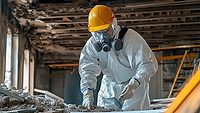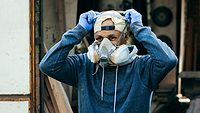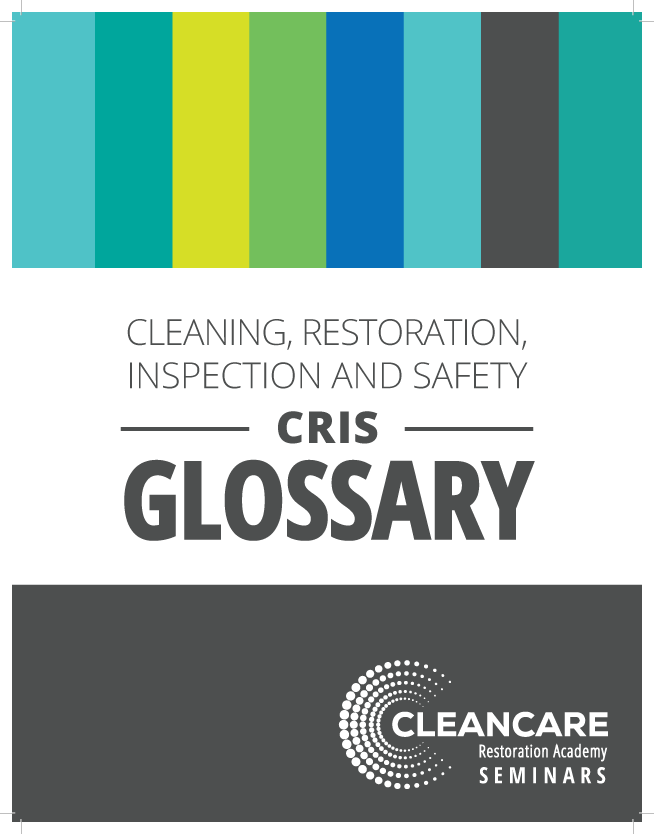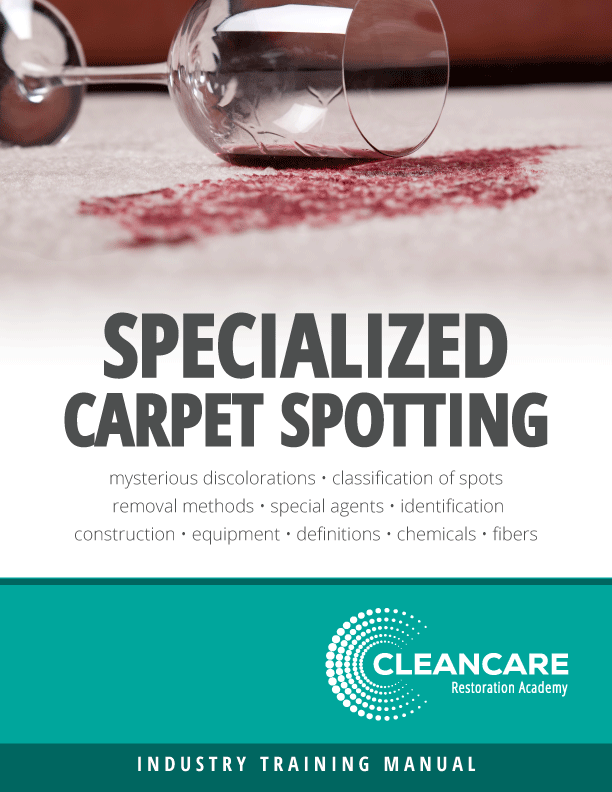Comprehensive Guide to PPE for Restoration and Remediation Professionals

Credit: cnythzl / DigitalVision Vectors via Getty Images
There's no shortage of dangerous jobs that expose professionals to hazards, but restoration and remediation professionals usually have it tenfold. They're constantly exposed to various risks, whether biological contaminants, toxic chemicals or even debris from unstable structures. Therefore, it’s essential that industry professionals understand the importance of using the appropriate personal protective equipment for the job.
However, the question arises—how do you choose the right PPE for your personnel?
In this guide, we'll dive into the world of PPE, exploring how you can choose, maintain and effectively use PPE. Continue reading to learn more.
Assessing the Hazards: Identifying Risks in Restoration and Remediation
Before selecting PPE for your personnel, you should know which hazards they are exposed to. You should identify the specific hazards associated with each restoration or remediation project.
Below are some examples of these hazards that professionals should be aware of.
- Biological Hazards. Mold, bacteria and other pathogens can pose serious health risks, particularly in water damage restoration.
- Chemical Hazards. Common in fire damage restoration or sites with industrial contamination.
- Physical Hazards. Including sharp objects, unstable structures and heavy equipment.
Each of the above risks has specific PPE that ensures the safety of your personnel. Before selecting the PPE, first conduct a thorough risk assessment. By doing so, you can identify and mitigate potential dangers effectively.
Exploring PPE Options: Types and Uses
When you select PPE for your personnel, use the risks you've identified through your assessment. This will help you choose the correct PPE for your personnel for each task and hazard.
Below are the types of protection you should provide for restoration and remediation personnel.
Respiratory protection
When working with airborne contaminants, respirators are essential. They help purify the air, ensuring workers' lungs stay safe as they work.
The selection for respiratory protection can include the following.
- Disposable masks
- N95 respirators for particulates
- Half-face respirators
- Full-face respirators with cartridges designed for specific chemicals or biological agents.
Protective clothing
Restoration and remediation professionals are also exposed to different substances in the field. These substances can damage their skin and, in the worst cases, may even cause skin cancer. This is why professionals should wear protective clothing to ensure their safety.
Most protective clothing is made of microporous fabric. The fabric is an effective barrier against particulates and even particular chemical splashes.
Some examples of protective clothing include the following:
- Disposable coveralls to prevent contamination
- Waterproof aprons for liquid protection
- Fire-resistant suits for high-temperature environments
Gloves and hand protection
The torso isn't the only part that can be exposed to different substances when working in restoration and remediation. The hands are often the most exposed to the identified hazards and risks. This is where gloves fit into the picture.
However, the type of gloves should be based on the substances your professionals are handling.
So, how can you choose the correct gloves? Here are a few examples.
- Nitrile gloves offer protection against a range of chemicals. These gloves are recommended for workers exposed to chemicals.
- Neoprene or butyl gloves are best for handling hazardous chemicals such as acids, ketones and phenols.
Eye protection
Another crucial piece of PPE for restoration and remediation professionals is eye protection. Their eyes should be protected against chemical and physical hazards that can leave them blind.
Therefore, eye protection must be robust enough to guard the eyes against these hazards. For example, safety goggles can protect the eyes against the following:
- Chemical splashes
- Falling debris
Specific environments may require workers to use full-face shields. Using them protects the eyes and face.
Footwear
Footwear should be chosen not only for comfort and durability. The choice of footwear should also be based on specific protective features such as the following:
- Slip resistance
- Puncture resistance
Waterproof or water-resistant boots with steel toes are highly advisable in most restoration scenarios.
Choosing the Right PPE: A Decision-Making Guide
Selecting the proper PPE is a multi-faceted process involving a careful balance of hazard assessment, comfort, fit and compliance with safety standards.
These factors will influence your decision:
- Risk level: Use your detailed hazard assessment to determine the protection level your workers need.
- Fit and comfort: Proper fit enhances protection and worker willingness to wear PPE consistently. You should ensure that the PPE fits correctly and is comfortable enough for long-term wear.
- Regulatory compliance: Ensure that all the PPE meets current safety standards issued by the OSHA and other relevant bodies. Such compliance can ensure legal compliance and worker safety.
Maintenance and Care: Ensuring PPE Effectiveness and Longevity
Maintaining PPE is essential to ensure it continues providing the intended protection level. Each piece of equipment should be inspected regularly for signs of wear and tear and cleaned according to the manufacturer's instructions.
Here are some key maintenance tips for your PPE:
- Regular cleaning. You should follow specific cleaning protocols to prevent the degradation of materials. Doing so can ensure the functionality of the PPE.
- Inspection and replacement. Regularly inspect the PPE for damage. Replace any item that can't be repaired or has reached the manufacturer's recommended lifespan.
- Proper storage. Store your PPE in a clean, dry place away from direct sunlight to prevent deterioration.
By doing the above, you can extend the life of your PPE and maintain its effectiveness as your workers use it in their daily tasks.
Always Prepared: Essential PPE for Your Daily Kit
Every restoration and remediation professional should have a basic PPE kit prepared at all times. This kit includes the following:
- N95 respirator
- Several pairs of gloves
- Safety goggles
- Durable, water-resistant footwear
This basic kit ensures your workforce is always ready to handle everyday tasks safely until more specific gear for particular risks is required.
Staying Updated and Informed
The field of occupational safety is constantly evolving as new technologies and materials are developed. Also, new hazards emerge and regulatory standards are updated to reflect the latest safety research and technological advancements.
Staying up to date is crucial for ensuring that safety practices remain effective and comply with the latest guidelines. Here are some strategies to help professionals stay current.
- Continuous education and training
- Membership in professional bodies
- Attending industry conferences
- Leveraging digital tools and social media
Integrating these practices into your professional routines ensures your restoration and remediation professionals remain safe, compliant and ready to adapt to new challenges.
Foster a Culture of Employee Safety with the Right PPE
This comprehensive guide to PPE for restoration and remediation professionals provides a foundational understanding of the necessary protective equipment, ensuring that all workers are equipped to handle the hazards they face in their daily tasks. Safety is not just a requirement but a priority that enables professionals to perform their duties effectively, allowing them to return home safely every day.
Looking for a reprint of this article?
From high-res PDFs to custom plaques, order your copy today!








